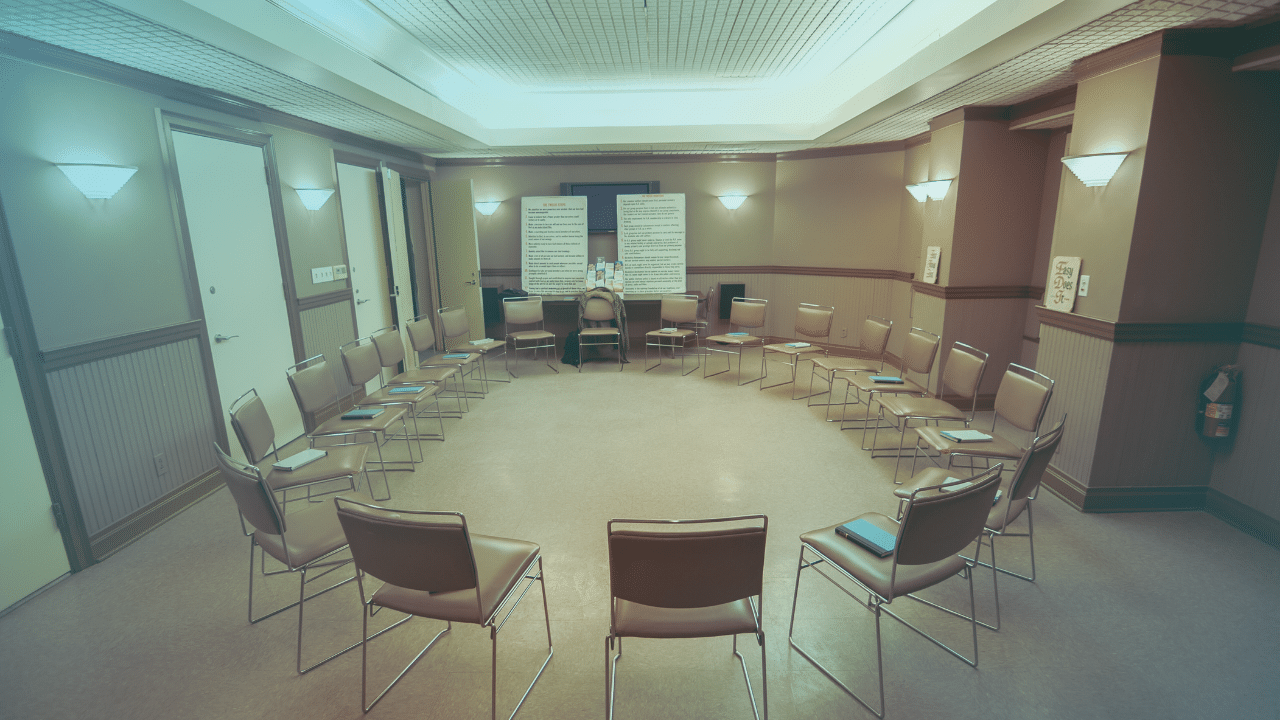
OxyContin is a medicine often prescribed by doctors to help patients manage pain. The painkiller has gained more attention in the media in connection to prescription overdose. Knowing what OxyContin is and what it looks like can be helpful.
What is OxyContin?
OxyContin is the brand name of a prescription medication containing oxycodone. It is in the opioid class of drugs. Prescribed for chronic or long-lasting pain, OxyContin is a time-release tablet of oxycodone.
What Names Might it be Called?
Although OxyContin is a prescription medication, you may hear people refer to it with other names. OxyContin has been referred to as:
- Oxy
- C.
- Killer
- Ox
- Oxy Cotton
- Kicker
- Blue
- Hillbilly heroin
What does the Drug Physically Look Like?
OxyContin is a pill tablet. Someone abusing OxyContin may crush the tablet to ingest or snort it. Someone may also mix it with water in order to inject it. These are both very unsafe, as OxyContin should be taken only in the pill form.
OxyContin tablets come in different dosage sizes: 10 milligram (mg), 20 mg, 40 mg, and 80 mg. Rarely, 160 mg pills may be prescribed. They vary in color, but will always have the letters “OC” printed on one side and the number of milligram dosage on the other. Usually, these pills are round circular tablets, but higher dose pills may be an oblong oval shape. For an example of this, see the image below.

What Behaviors or Symptoms Might I See in Someone taking OxyContin?
Early Side Effects
OxyContin changes how the brain reacts to pain. Someone taking OxyContin may describe a euphoric, “high” feeling. Someone on this pain killer may also experience sleepiness, calmness, or constipation. A person taking OxyContin may seem “out of it,” “silly,” or react and speak slower than normal.
Withdrawal
Pain patients, however, sometimes develop a physical dependence during treatment with opioids. This is not the same thing as an addiction. With more tolerance of OxyContin, patients may require higher dosages to feel its effects. Doctors can help these patients find the best plan to manage pain. This will likely include a withdrawal plan with a gradual decrease in the medication.
Withdrawal can occur in patients even when they follow dosages exactly as prescribed. When going through withdrawal, behaviors may change again. Mood swings or anger can occur, especially as someone craves the medicine and its effects. Other withdrawal symptoms could include sudden changes in personality or behavior, restlessness, trouble sleeping, anxiety, watering eyes, runny nose, sweating, muscle aches, nausea, or diarrhea.
Please seek medical help when observing withdrawal symptoms, as doctors can create plans that ease these symptoms and make patients more safe and comfortable.
It is important to remember to properly dispose of any leftover OxyContin tablets after your treatment is complete. It can be dangerous to leave them in your home, as opioids should not be taken without physician prescription and supervision. Others may take medicine, possibly leading to dangerous consequences.
Addiction
Doctors have reported that OxyContin is a high-risk drug for addiction or overdose. If a patient continues to use the medication after pain management is completed, they might be addicted. This means that they are so compelled to take the substance that they are no longer thinking about the harm it could do to them or the potential mental, physical, or social consequences.
Possible signs of addiction may include:
- Change in personality
- Change in social circle
- Difficulties with friends and family
- Financial struggles
- Missing important appointments or obligations
- Loss of interest in favorite things
- Neglecting self-care or hygiene
- Suddenly over-energetic and erratic
- Eating more or less than usual
- Strange sleeping habits
Please seek a health professional’s help if you or a loved one is ready and in need of assistance with any opioid difficulties, especially when symptoms of withdrawal or addiction are present. Treatment and recovery are a great source of support in helping someone successfully maintain and secure a healthy lifestyle.
Resources
https://store.samhsa.gov/product/OxyContin-Prescription-Drug-Abuse-2008-Revision/sma08-4138<
https://www.justice.gov/archive/ndic/pubs6/6025/index.htm
https://www.thinglink.com/scene/774811199874269184https://medlineplus.gov/druginfo/meds/a682132.html
https://easyread.drugabuse.gov/content/what-are-some-signs-and-symptoms-someone-drug-use-problem
Explore this article:
Explore Our Facilities
Drug and alcohol detox and residential treatment for addiction and mental health disorders
Outpatient treatment center for substance use disorder and mental health disorders
Outpatient treatment center for substance use disorder and co-occurring mental health disorders







